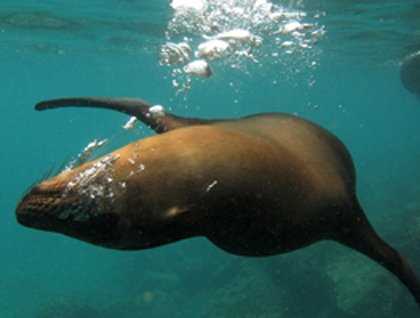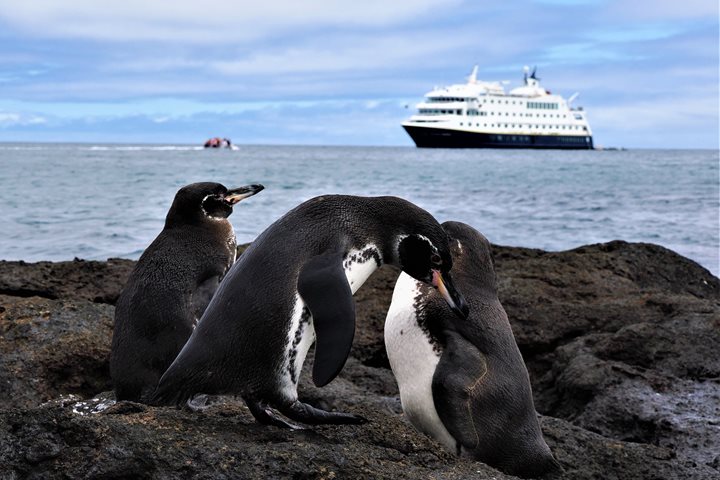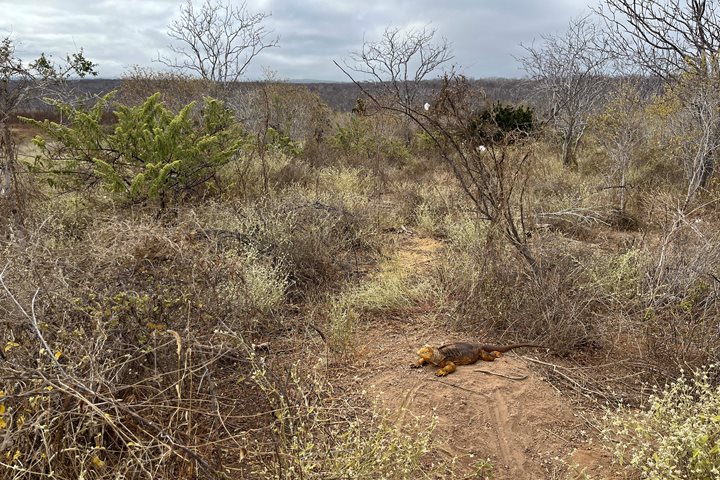Floreana Island, or Charles, is one of the four inhabited Islands in Galapagos and the first one to be officially colonized by Ecuadorians when Ecuador took possession of the islands in 1832, only 3 years before the famous naturalist, Charles Darwin, visited Galapagos.
Rich in human history, Floreana was a favorite island for pirates, buccaneers, whalers and the first settlers. The highlands are wet and humid, with fresh water springs, rich soil and dense vegetation, where hundreds of tortoises were roaming free centuries ago. Thousands of them were caught or killed for their meat, until they were driven almost to extinction. Pirates, buccaneers and whalers found excellent sources food, meat and wood, and without knowing they started to alter the fragile ecosystem of the island by removing their natural herbivore, the tortoises, and by introducing the first invasive species, such as rats that became the most important predator for young tortoises, land birds and sea birds.
The first settlers brought many different species of plants and domestic animals, as they thought that they would need them in order to succeed and thrive here, and this forever altered the ecosystem of the island. Hundreds of years later, large extensions of the island are now protected under the National Park Service, and only a small fraction of the island is used by the farmers to produce organic crops, poultry and meat to sustain the small community of about 130 people, in the town of Puerto Velasco Ibarra.
Huge efforts have been taken in order to restore the ecosystem of the island, reforesting the high and lowlands with native and endemic species, that once were removed and replace by introduced plants. The goal is the reintroduction of the Floreana mockingbird, now only found in the satellite islets of Gardner and Champion where the rats never arrived, and the Floreana tortoises, now found only on the Tortoise breeding center of Santa Cruz island.
Today we were able to visit a small section of the island, Punta Cormorant, to see the incredible volcanic setting and unique vegetation of the arid lowlands, as well as a white coral sand beach, which is an important nesting site for the Pacific green sea turtles, and finally Champion Islet, the place where the remnant population of the unique Floreana mockingbird is found.
Later in the afternoon, we visited Post Office Bay, where our guests learned about the whaling history of the islands and the tradition of the oldest mailing system in the South Pacific. Later on, guests took Zodiac rides or kayaks to enjoy the beauty of the protected bay, where turtles, rays, sharks and other species can be seen without effort in the calm waters and under the beauty sunset light.
A day to remember forever!







